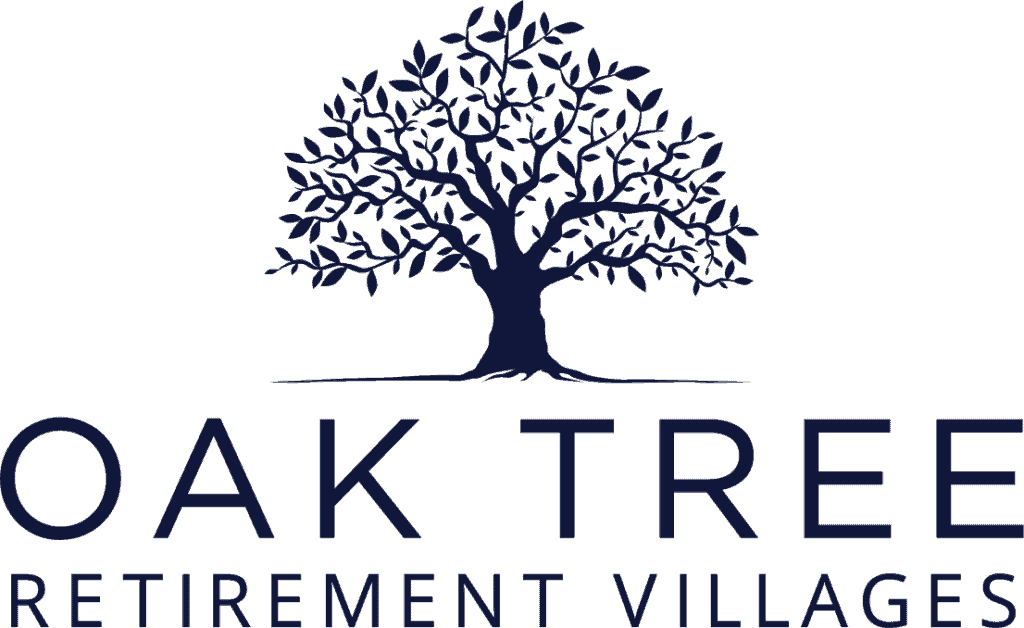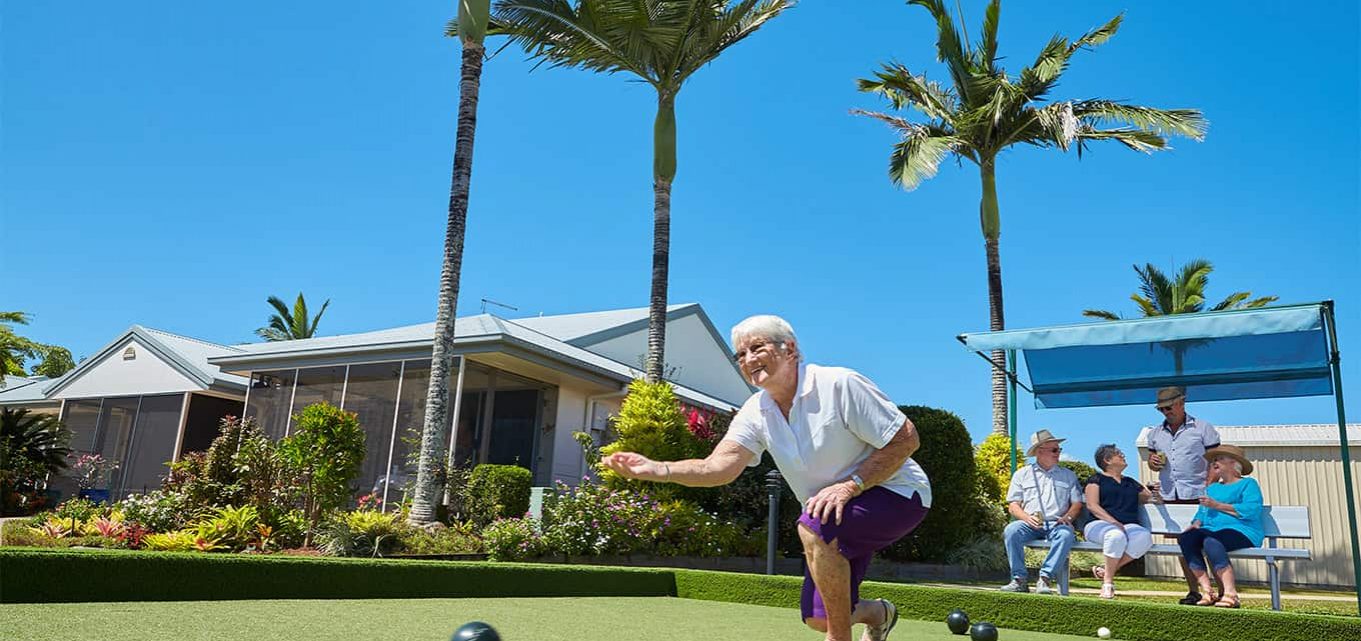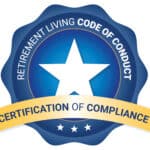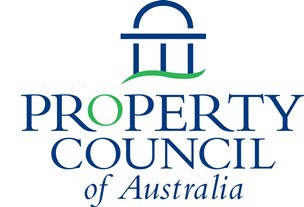Retirement village living is attractive for many reasons; from the hassle-free lifestyle to the range of services you can enjoy such as the community centre, the bowling greens, swimming pool and gym, and being surrounded by a community of like-minded individuals.
However, there are a lot of things to consider before moving into a retirement village, and cost is one of the biggest factors.
You’ll most likely have a lot of questions about how much it will cost to move in, what are the ongoing fees and what happens when it’s time to leave.
While it is important to seek legal and financial advice, let’s explore the fees and charges that are involved so that you can have a better understanding of what to expect.
Retirement village contracts
Before we discuss the fees, it is good to note that there are different types of contracts and tenures used by retirement villages throughout Australia.
Depending on which one the retirement village operates under, this may affect some of the fee structures we will explore today. However, the most common purchase structure in the industry is a Loan and Licence Agreement, also known as Loan and Lease Agreement.
This is where you pay a fee to live in the retirement village but do not own your apartment or unit. This also means that there is no stamp duty or GST payable by you, leaving you with extra money in your pocket.
Before the move: Paying a deposit
Generally, you will need to pay a fully refundable deposit before moving in. Here at Oak Tree, our deposit is $1000.
Some of the most common questions you should ask before placing a deposit in a retirement village are:
- How long is the deposit held for?
- Is there a cooling-off period in case you change your mind?
- If you receive a refund, are there any administration fees?
So, you’re ready to move in: Entry fee
Once you decide to make the move, you will be required to pay an entry fee, also known as an ingoing or contribution fee. This is an upfront cost where you buy the right to live in the village.
How much you pay will depend on the area and the size of the accommodation, but according to the Property Council’s 2021 Retirement Census, the average entry fee across Australia for a two-bedroom unit is $484,000.
It’s also worth noting that the entry fee is not set in stone, either. Some operators may be happy to negotiate the advertised price so it’s always good to ask.
Once you’re a resident: Ongoing fees
Also known as the service fee or weekly/monthly fees, these are ongoing costs associated with the lifestyle you enjoy in the village and are commonly shared by all residents for efficiency.
This covers management and administration fees of the village, services like upgrades and day to day maintenance of village gardens and facilities, cleaning of common areas, provision of village transport, and property costs including rates, water, insurance, and waste management.
The ongoing fee is also governed by law which prohibits operators from making a profit, so you’ll never need to worry about hidden costs or surprises. With a simple weekly fee, you are able to have budget certainty over your everyday living expenses.
The Property Council’s 2021 Retirement Census found that the average monthly service charge for a two-bedroom unit was $502. At Oak Tree, we are fully transparent with our pricing and the spend is reported back to the residents by way of an annual general meeting.
Other ongoing costs to take into consideration
Just like living at your family home, you will be responsible for your own personal costs, including:
- Personal utilities (telephone, internet, electricity, and gas – where applicable)
- Contents and vehicle insurance policies
- Other personal costs of living, such as food, household goods, entertainment, holidays, transport, and medical costs
So be sure to take this into consideration too when you are creating a budget.
When it’s time to leave: Exit fee
Also known as the departure fee or deferred management fee (DMF), this is the cost you are required to pay once you leave the village and is directly related to your entry fee and how long you’ve lived in the village.
The exit fee is often calculated as a percentage of your entry fee, with most capped at 30-35 percent of the entry fee. As a general rule of thumb, the more you pay upfront when entering, the less you pay when it’s time to leave – and vice versa.
The exit fee can also include sharing in any capital gain or loss, refurbishment and renovations costs prior to selling.
Considering retirement living?
Each retirement village has its own payment structure, and while there is no “right” or “wrong” answer, it’s important to consider what is the best fit for you and your budget.
Oak Tree Retirement Villages have partnered with Starts at 60 to help you navigate your move and make sure you have all the facts about moving to a retirement village.
Download your free copy of ‘Considering a Retirement Village: The Ultimate Checklist’ for everything you need to know before you start your journey into retirement living.
This story first appeared on [email protected].




